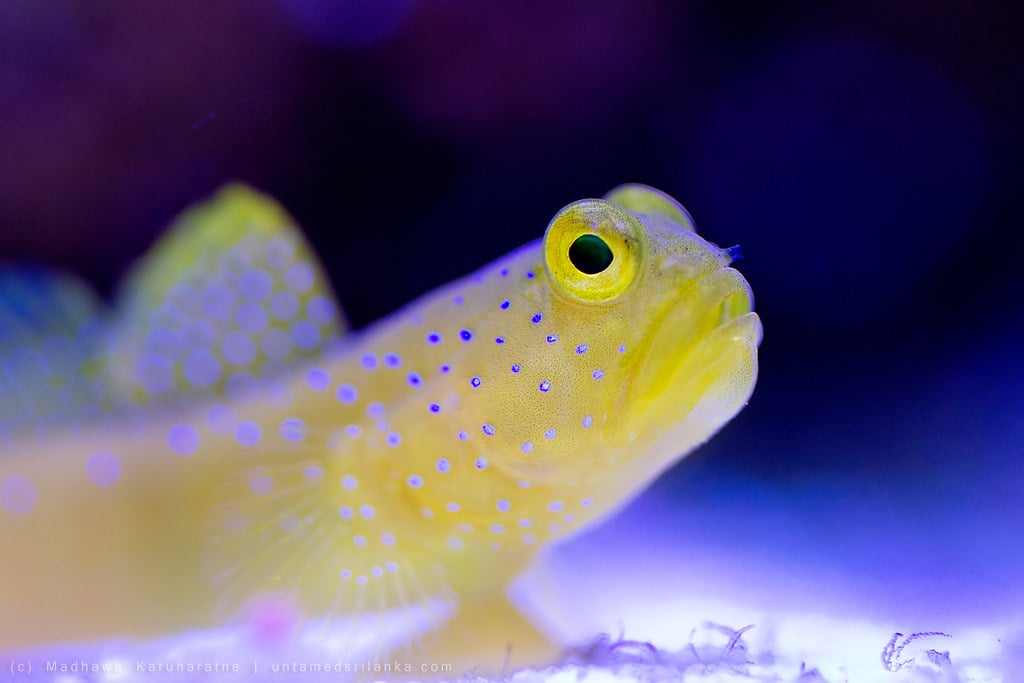I can’t tell if I love this or hate it
spinnetrouble
- 4 Posts
- 190 Comments

 3·10 days ago
3·10 days agoCan someone catch me up here, please? The last I read, fracking was typically seen as an environmentally unfriendly process because you break up a bunch of underlying rock, pump out the crude, and replace it with water. It destabilizes the area and leads to shit like small earthquakes. So like, drilling down, releasing a bunch of heat/pressure, and flooding the system with a bunch of water without caring about the oil is supposed to be a safer thing to do? What gives?

 17·12 days ago
17·12 days agoNow we know where reddit took their profit strategy from

 52·12 days ago
52·12 days agoShit, some of them charge the authors to publish.
 6·15 days ago
6·15 days agoHe was asking both campaigns to give him a Cabinet position in exchange for his withdrawal from the race and endorsement like a week ago. Harris didn’t take his call, but I’d be amazed if Chump didn’t jump on that

 4·16 days ago
4·16 days agoCan y’all have a weird off? I swear, you’re my two favorite posters in this community
What the sam hill is that pfp for British Petroleum hahaha
 4·29 days ago
4·29 days agoIf the reason you don’t want to speak to an adult for guidance is because there aren’t any you find trustworthy or who know how to communicate effectively with you, I think the best way to learn from your mistakes is to look for the patterns around them. Then, shift your perspective from being the person who made the mistake to being someone on the receiving end of it–walk a mile in someone else’s shoes to understand them better and all that. For me, I found getting to know myself a really important part of this: I had to know what I was like when I felt my best and worst to recognize the things that went wrong before I made a mistake. It took me until adulthood just to recognize that I have a slow-to-warm personality and tend to be inflexible, which means that any unexpected changes really fuck my shit up and can lead to me making mistakes because I feel like I’m scrambling to adapt. Give me an extra minute or three to live with it and I’m fine; don’t give me the extra time, and I’ll probably be nasty towards you even if you don’t deserve it. Recognizing those patterns in my own behavior lets me say, “Hold on, I need a few before I can do what you want” instead of, “Are you fucking kidding me? You’re doing this again?” (which, it turns out, upsets the people who are so ready to demand I do something flawlessly and on their schedule instead of mine, lol).
Looking for the underlying causes of mistakes is like tracking down clues to solve a mystery. Maybe you missed a throw because your hands were sweaty and the ball was slippery, or maybe you miss a throw because your mind was busy trying to work on a different problem while you were throwing a ball. Maybe an unexpected gust of wind blew the ball in a different direction than you were expecting it to go; mistakes aren’t always because of things that we can control, so it’s important to be fair and kind to yourself when you’re looking for these patterns behind them and recognizing when something isn’t your mistake.
It’s way too easy to get wrapped up in the idea that making mistakes makes you a failure or a bad person. Nah, they just mean that you’re doing something you’re not used to doing perfectly. Nobody just hops on a bicycle and rides off into the sunset on their first try. It’s a skill that takes practice. There are tons of skills like that that most people don’t think of as needing practice before you get good at them: making friends, being a good friend, creating emotional boundaries, saying no, saying yes, asking for help, washing dishes, fixing a leaky pipe, emotional regulation, apologizing, forgiving, driving… it’s a long list, but you get the idea. Being bad at a skill is a temporary thing, and making mistakes is how you figure out how to improve.

 2·1 month ago
2·1 month agoTouched by His Noodly Appendage! 😇

 4·1 month ago
4·1 month agoI’ve been playing No Man’s Sky since they released the 5.0 content update. It’s made a huge difference in the look and feel of the game with things like modeled weather and oceans, and I’ve recently learned that sentinel attacks stop after you blow up the freighter they warp in.

 4·1 month ago
4·1 month agoYou can add a little fish food if you’re worried about starving the bacteria, but really, microorganisms can live pretty well off their dead brethren.
ETA: It is super important to test for ammonia, nitrite, and nitrate at least once a day if you add fish food and live fish to a new tank, even when using established filter media. It doesn’t take much fish food to crank the ammonia up to a point where it’s hard to get it back under control.

 9·1 month ago
9·1 month agoNo, large water changes will not typically crash an established cycle. The vast majority of the bacteria that break down nitrogenous wastes live attached to surfaces: filter media, hardscape, substrate, and plants. Filter media are designed with surface area in mind: the hang-on-back (HOB) filters using the plastic cartridge covered with fiber floss has lots of slots to allow water to pass through and over the fibers, which are frizzy and are easily colonized. Canister filters hold stacked baskets of media like porous, ceramic rings that are designed to maximize surface area and house a ton more helpful organisms than even the fiber-covered plastic cartridge.
When starting a new tank, it’s a good idea to throw some of your existing, healthy tank’s filter media (or plants or hardscape) in to jump start the community of microorganisms that keep your aquatic buds safe. You can use a friend’s, but only if you’d trust them to care for your fish at least as well as you do, as harmful organisms can also attach to surfaces and be carried along.
Canada: truly a pioneer in a fun night out. 👍🏼
And I thought the Commodore having shock absorbing mats under the dance floor so people could dance all night without their feet hurting was revolutionary!

 2·1 month ago
2·1 month agoIt’s true; we love the dwarf shrimp for their looks, not their abundance of caution.

 2·1 month ago
2·1 month agoSquirt it right on top of the algae, not in the area. Peroxide’s not a dangerous toxin that lingers, but it’s reactive oxygen that disrupts bonds. (That’s its sanitizing super power.) It can chemically burn if left in contact with skin for too long, so I wouldn’t risk using it on hardscape inverts are sitting on or too near your fish. (The burns aren’t serious for humans but I don’t know how a fish or snail would do before the peroxide dissociated.)
If you need to, put some tank water into another container and treat your hardscape in that so you don’t risk anyone’s safety.

 7·2 months ago
7·2 months agoFirst thing to do is remove as much as you can by hand. I usually twirl it around a barbecue skewer and pull gently until I get a good wad of it, like getting cotton candy onto a cone. Keep doing that until you can’t find any more clumps.
Next, do a water change to reduce available nutrients in the water column. If you use plant nutrients heavily or tend to overfeed like I do, 50%+ is a good place to start when it comes to starving out hair algae. Keep doing water changes on a regular basis (I shoot for 10-25% every week, but in reality it’s usually every two or three weeks) to keep the overabundance of nutrients in check.
You can spot-dose store bought hydrogen peroxide (the regular 3% kind) with a dropper onto remaining patches of algae; they should start to die off immediately and change color to red or brown. Those bits can then be pulled out or siphoned up. Used in small amounts (like a couple droppers’ worth, not a quarter bottle), peroxide shouldn’t hurt anything in your tank and will quickly break down to water and oxygen.
After those initial steps, keeping control of hair algae involves getting your plants to outcompete it for food. One really easy way to do that is to add more plants and keep using the same amount of fertilizer. You’ll know when to increase your dose when the plants start looking like they’re deficient or not growing as well as before; make small changes and wait at least a few days to see how they respond.
Aside from more plants, a nerite snail is a great addition to your cleanup crew. I’ve never had one try to escape before, but a female nerite will lay eggs on your hardscape. They’re small and white and look like sesame seeds. The eggs won’t hatch in fresh water or harm your tank.
Good luck! I know hair algae is a hassle and hope this works for you.

 2·2 months ago
2·2 months agoStep 1: Colonize Mars
Step 2: Treat Mars like an Earth colony instead of an independent nation and make them really resentful of it lol

 5·2 months ago
5·2 months agoBettas are big on personality and intelligence in general. I’ve had some chill bettas who’ve shared a ten gallon tank with shrimp, and ones who have eaten all the shrimp in a couple days. Some ignored the other fish in the tank, and one had to be put in his own 5 gallon tank because he would chase everyone and stress himself out.
My favorite betta would refuse to eat the pellets I got him unless I ground them up into smaller pieces with a mortar and pestle. He totally could, he just didn’t like to. Once he found that I would break them up into smaller pieces for him because I didn’t want him to starve, he stopped responding at all to whole pellets and would stare and wait for me to grind them up before swimming to the surface. “Pardonnez moi, mademoiselle, these are unacceptable”



If someone has an invite to share, I’d love to get in and try it out!
Thank you so much for the invite, Cancer Mouse <3